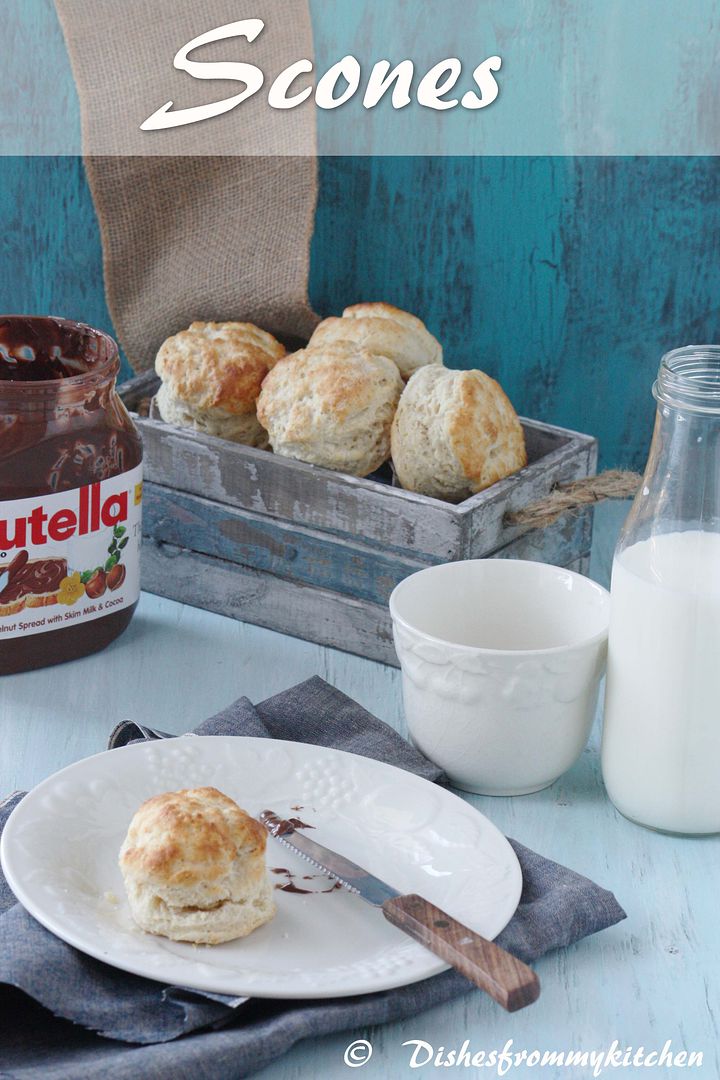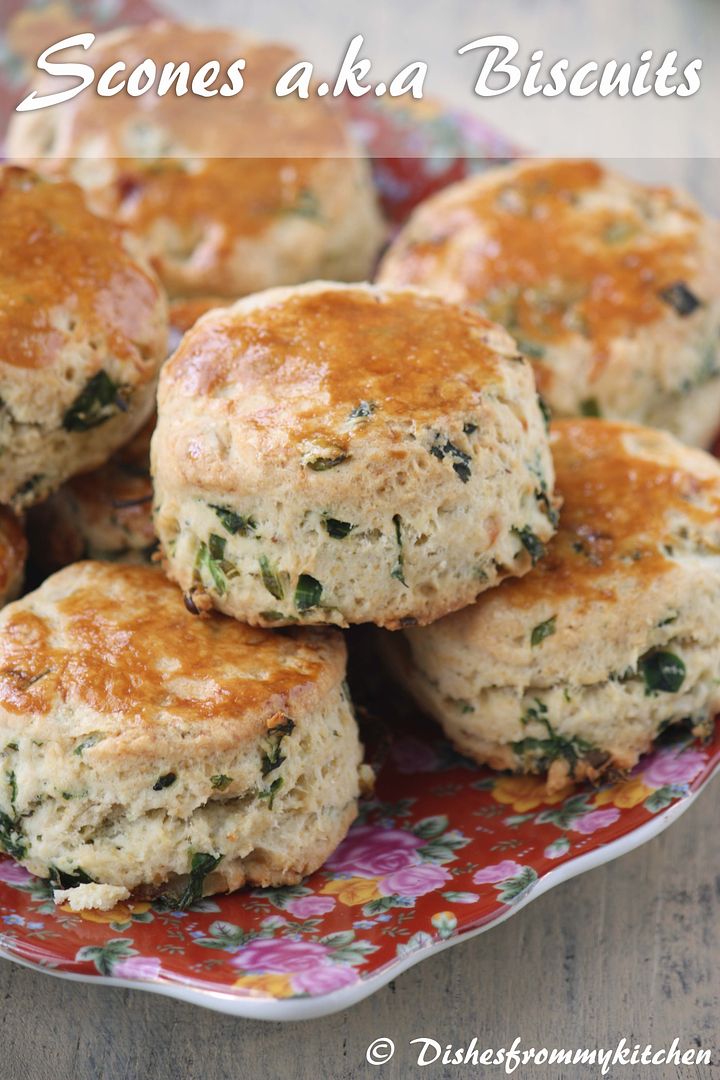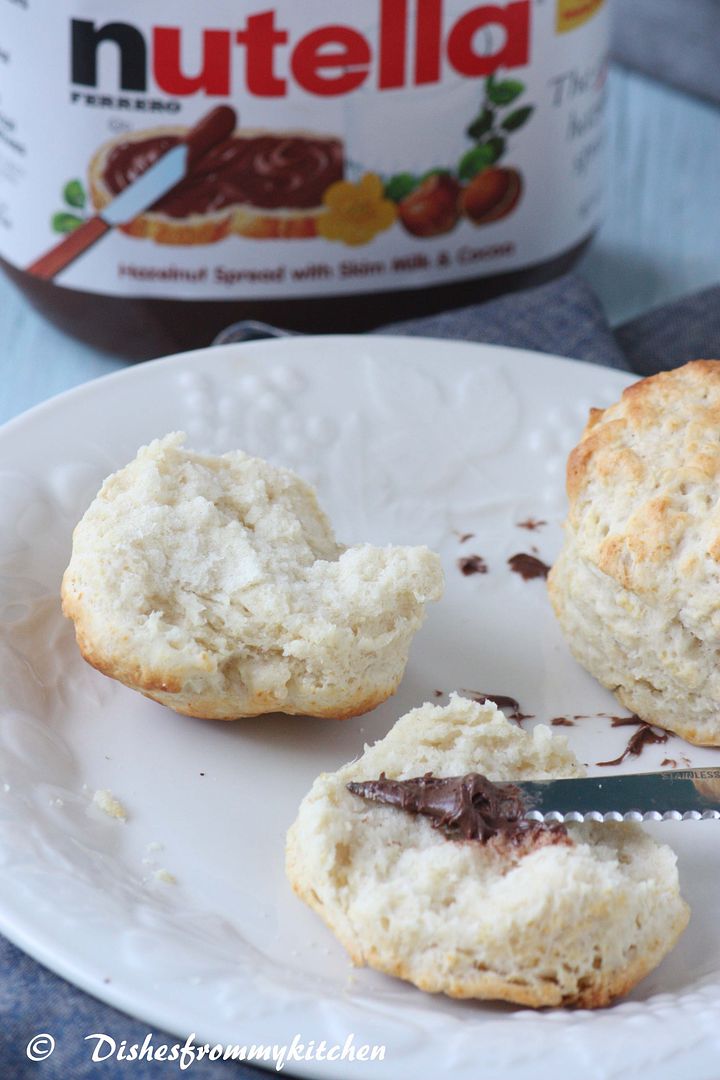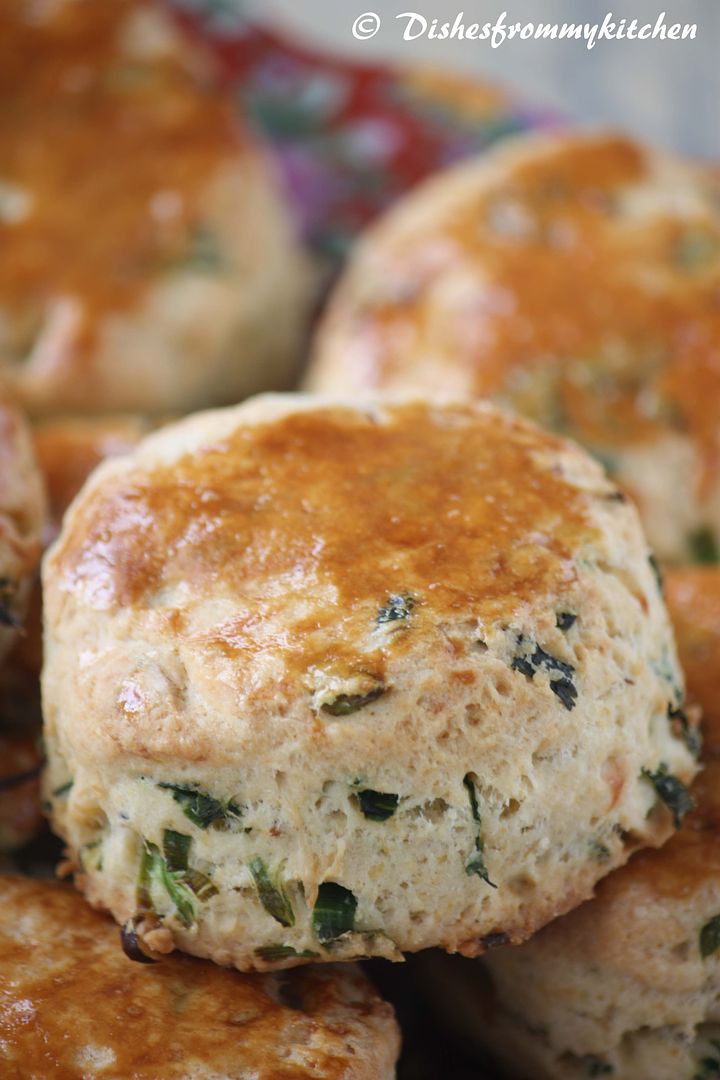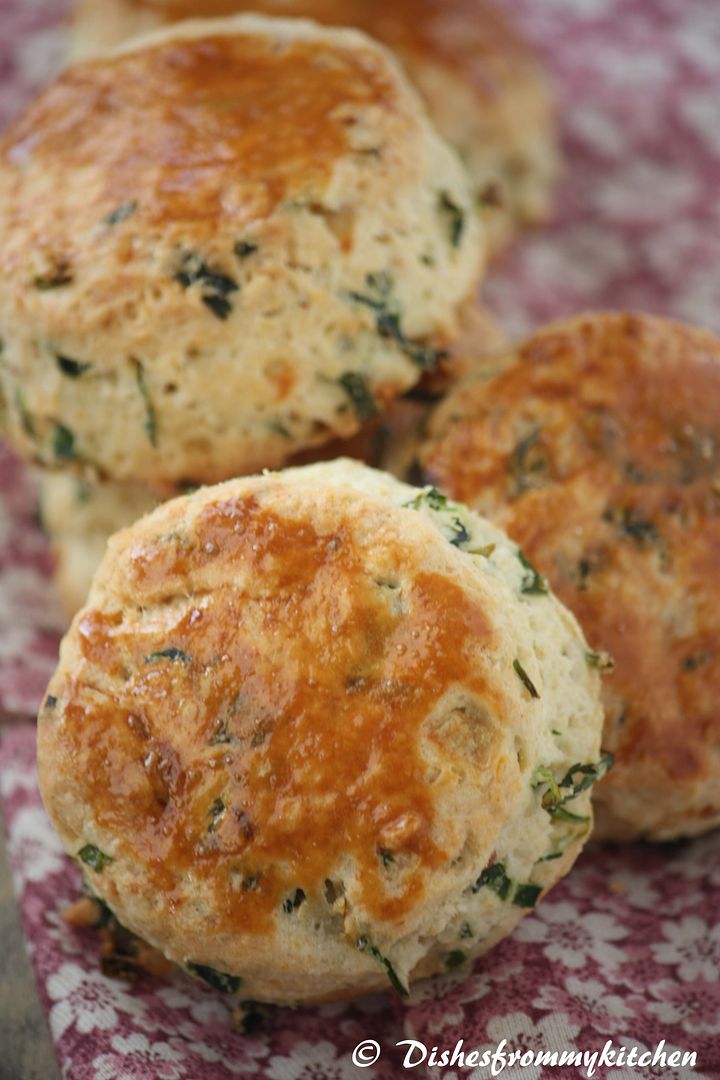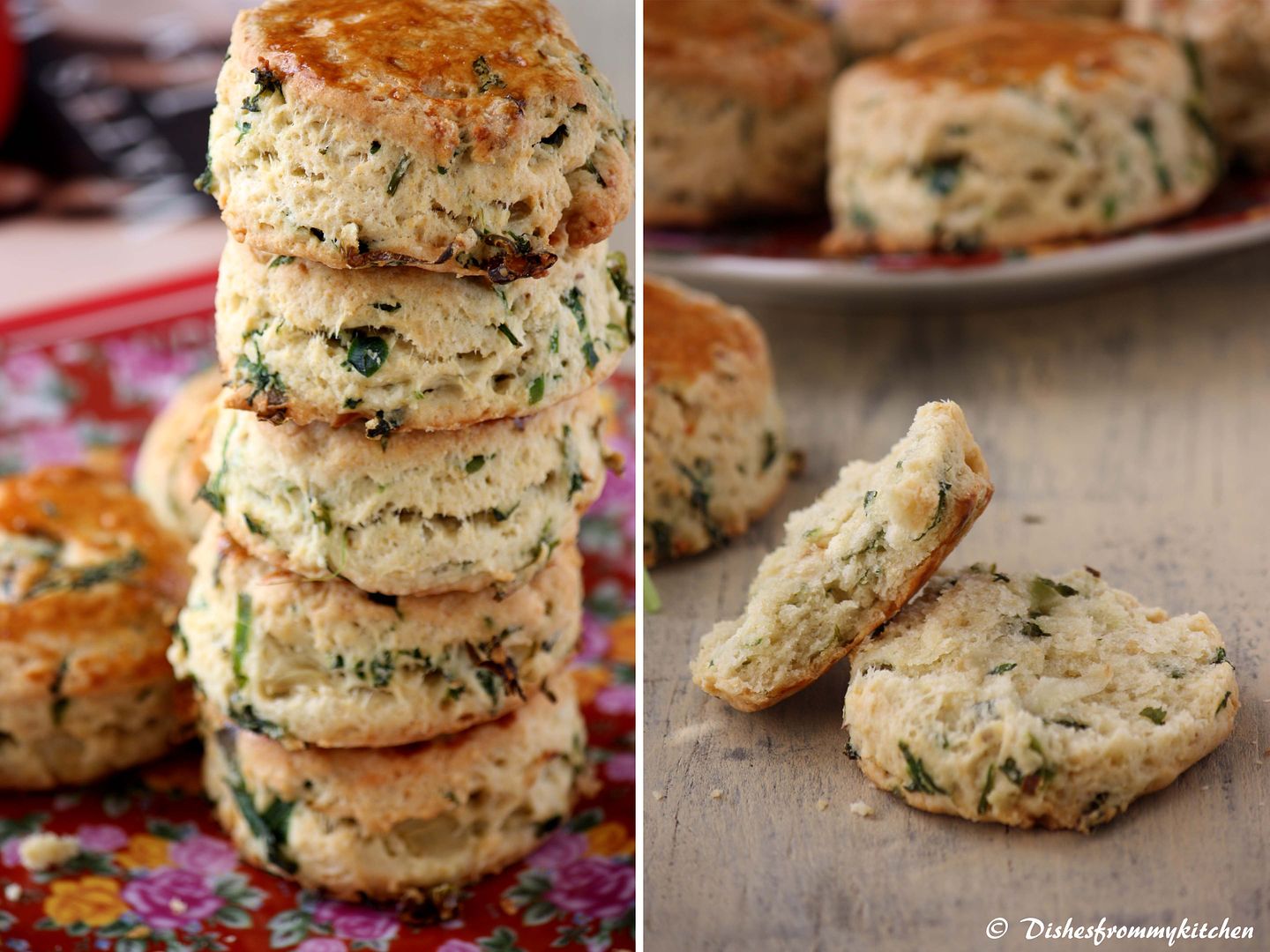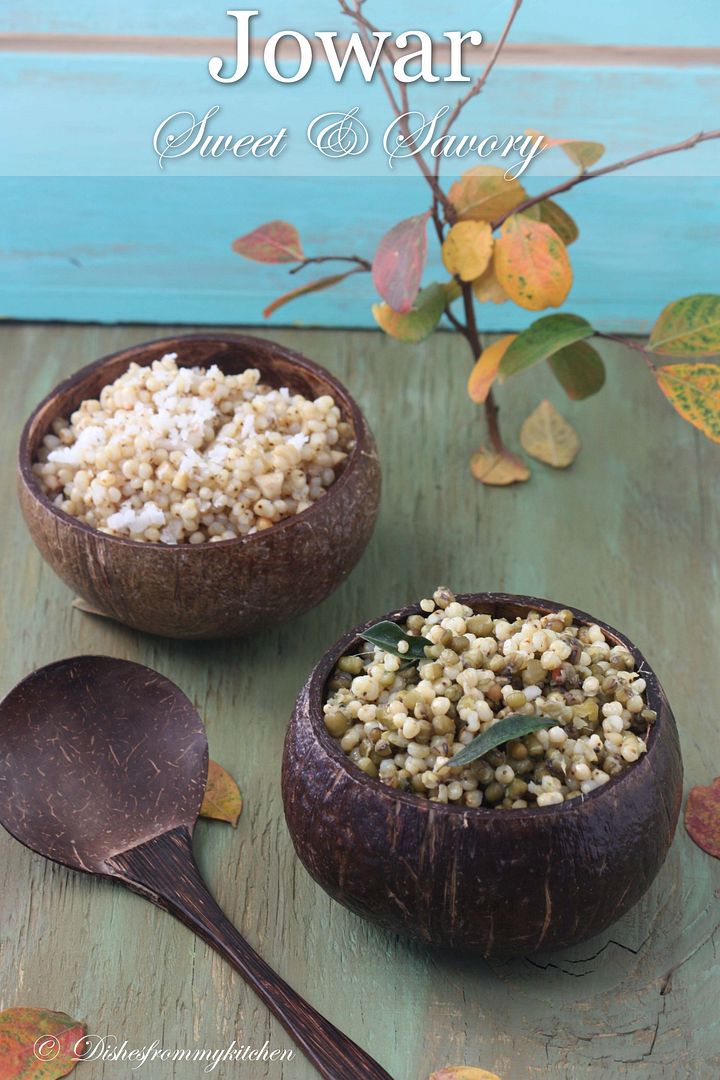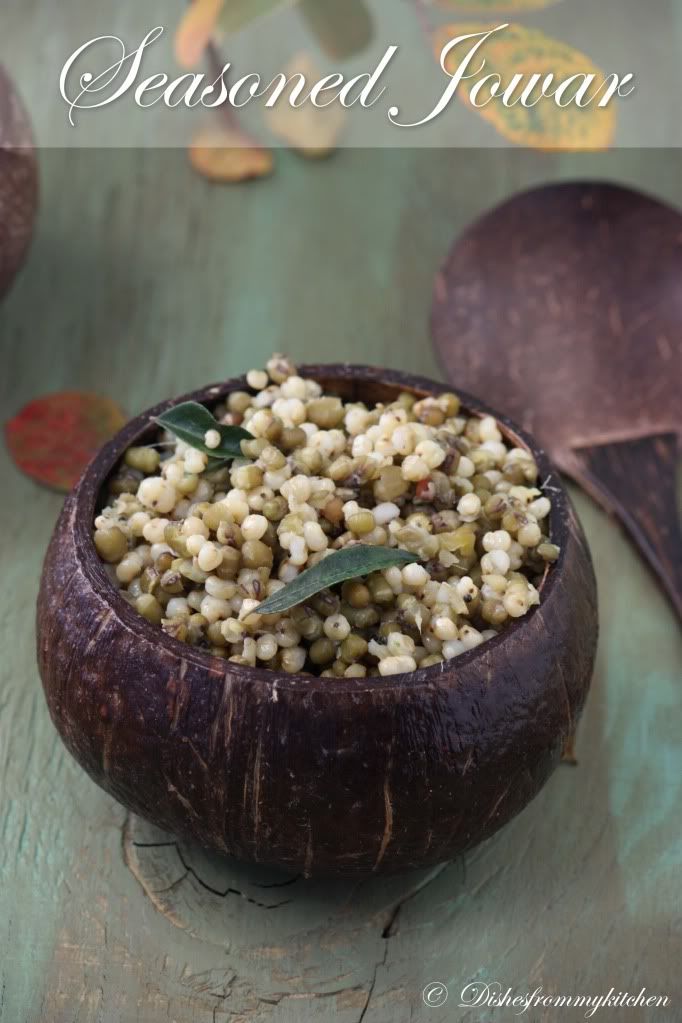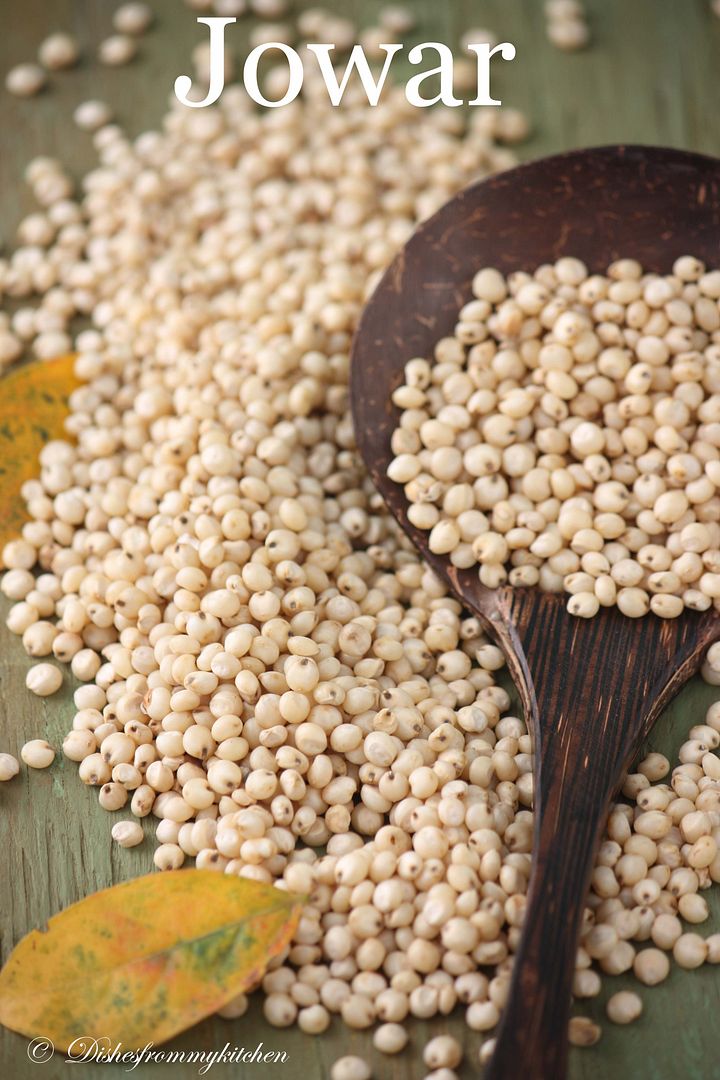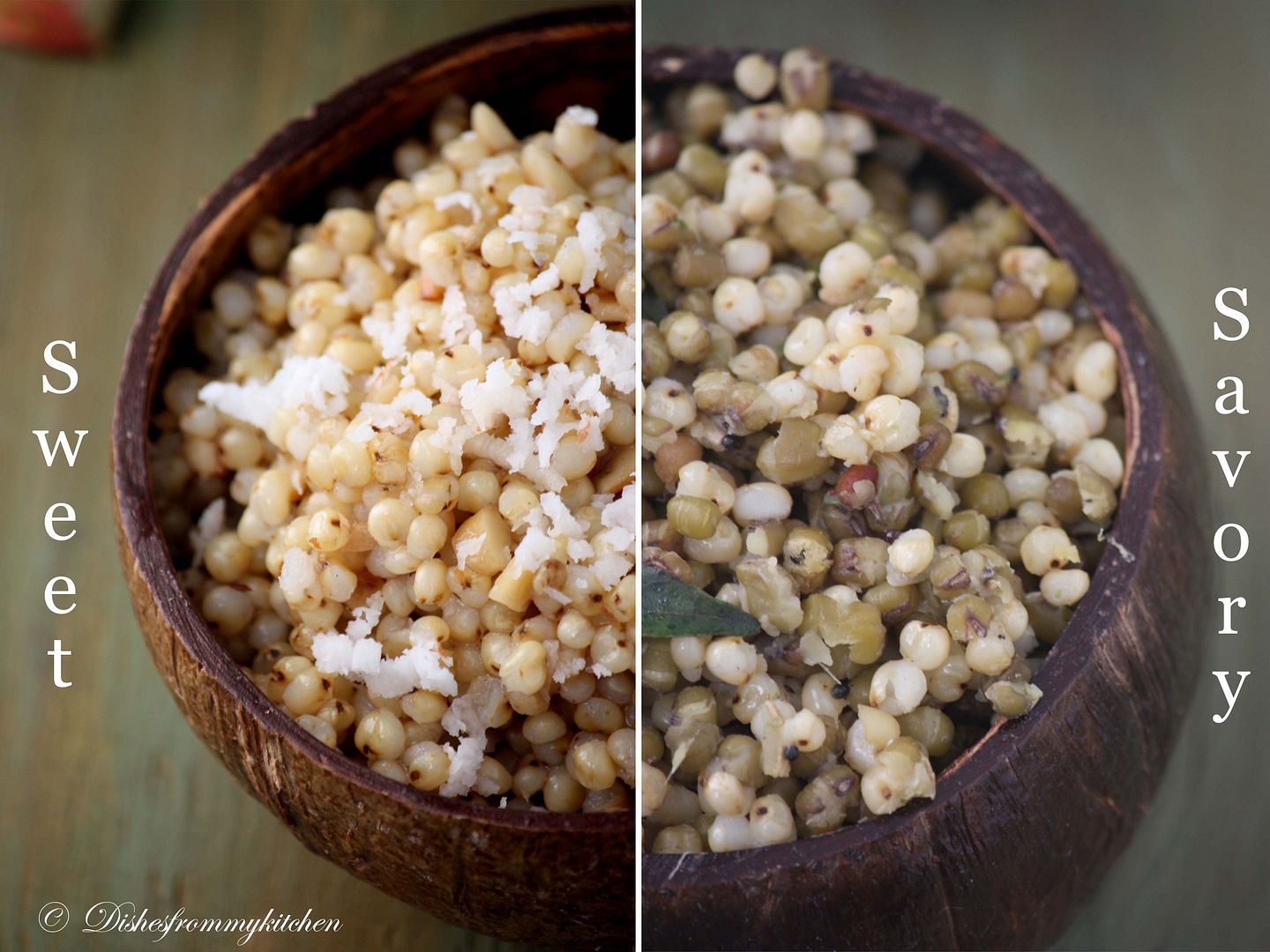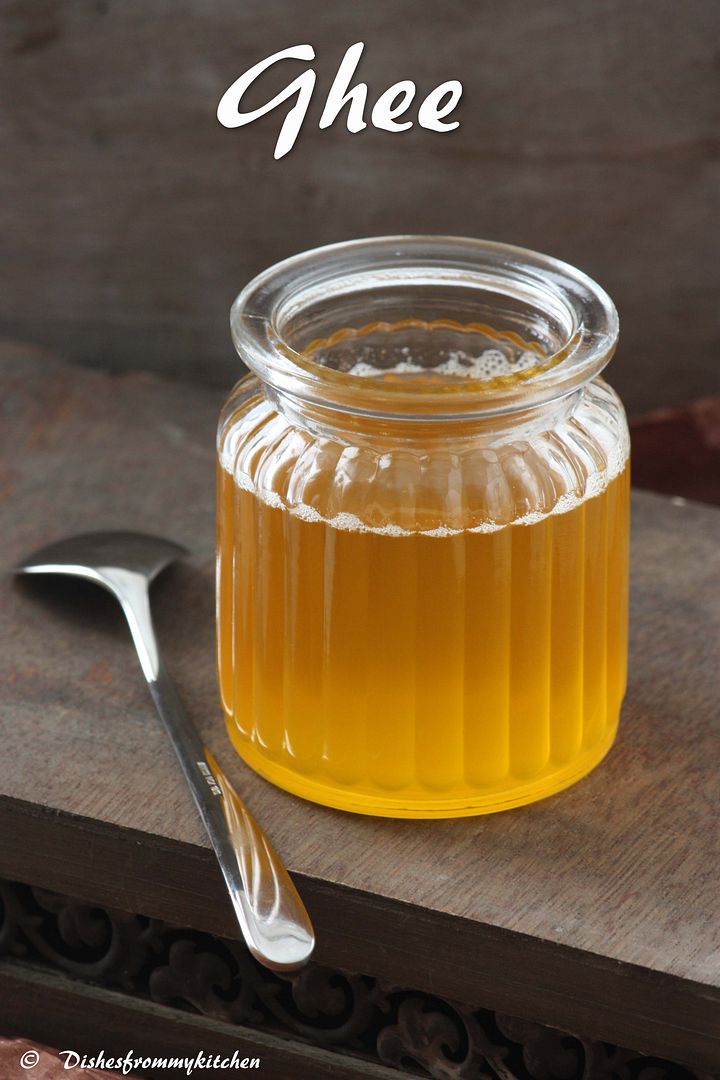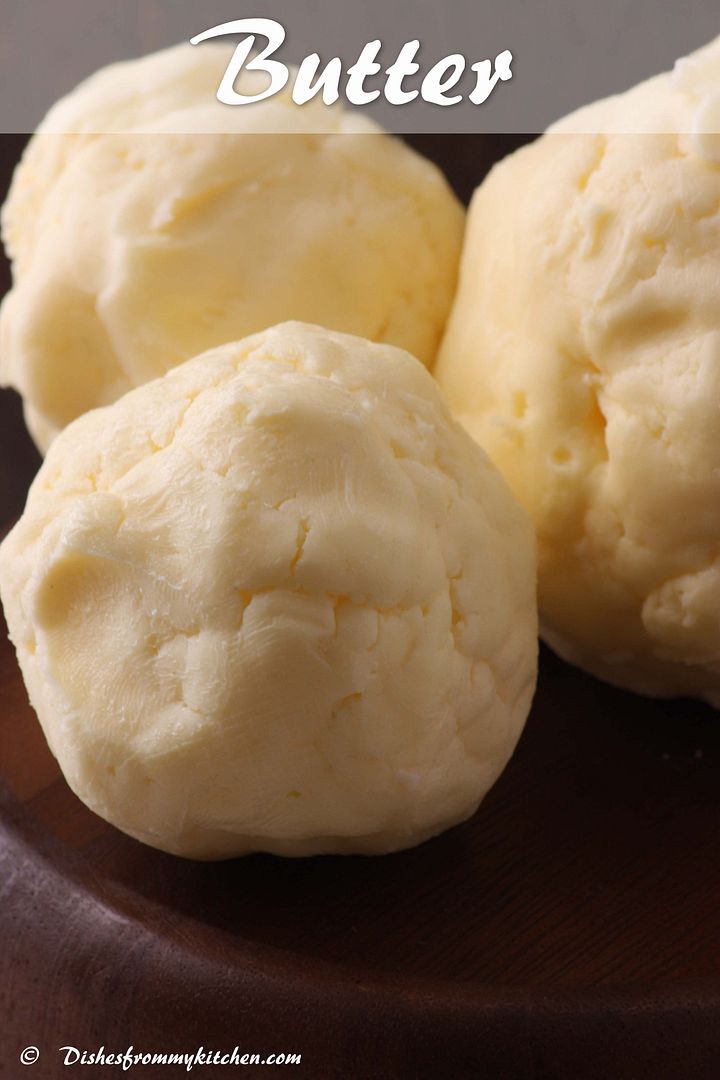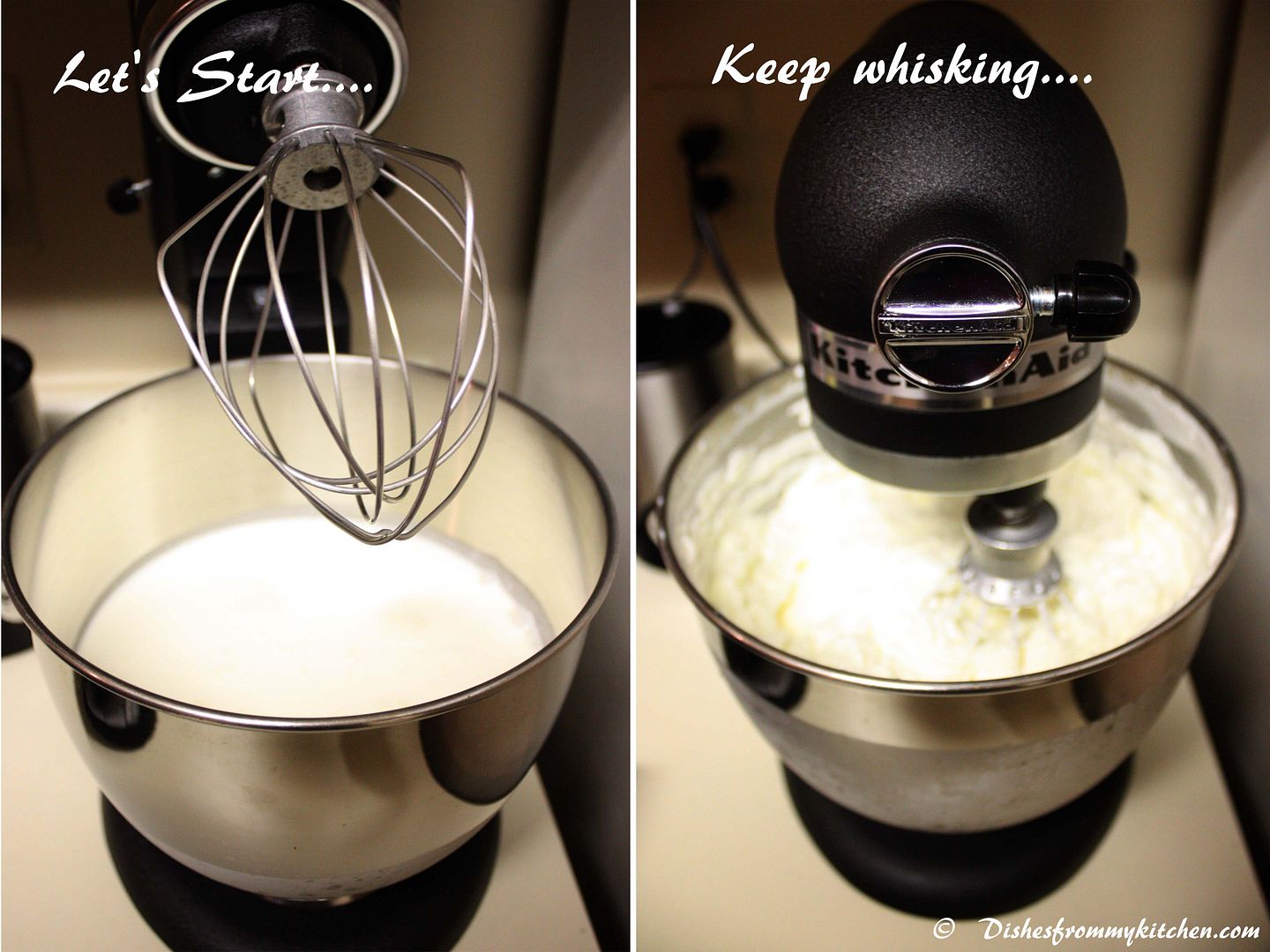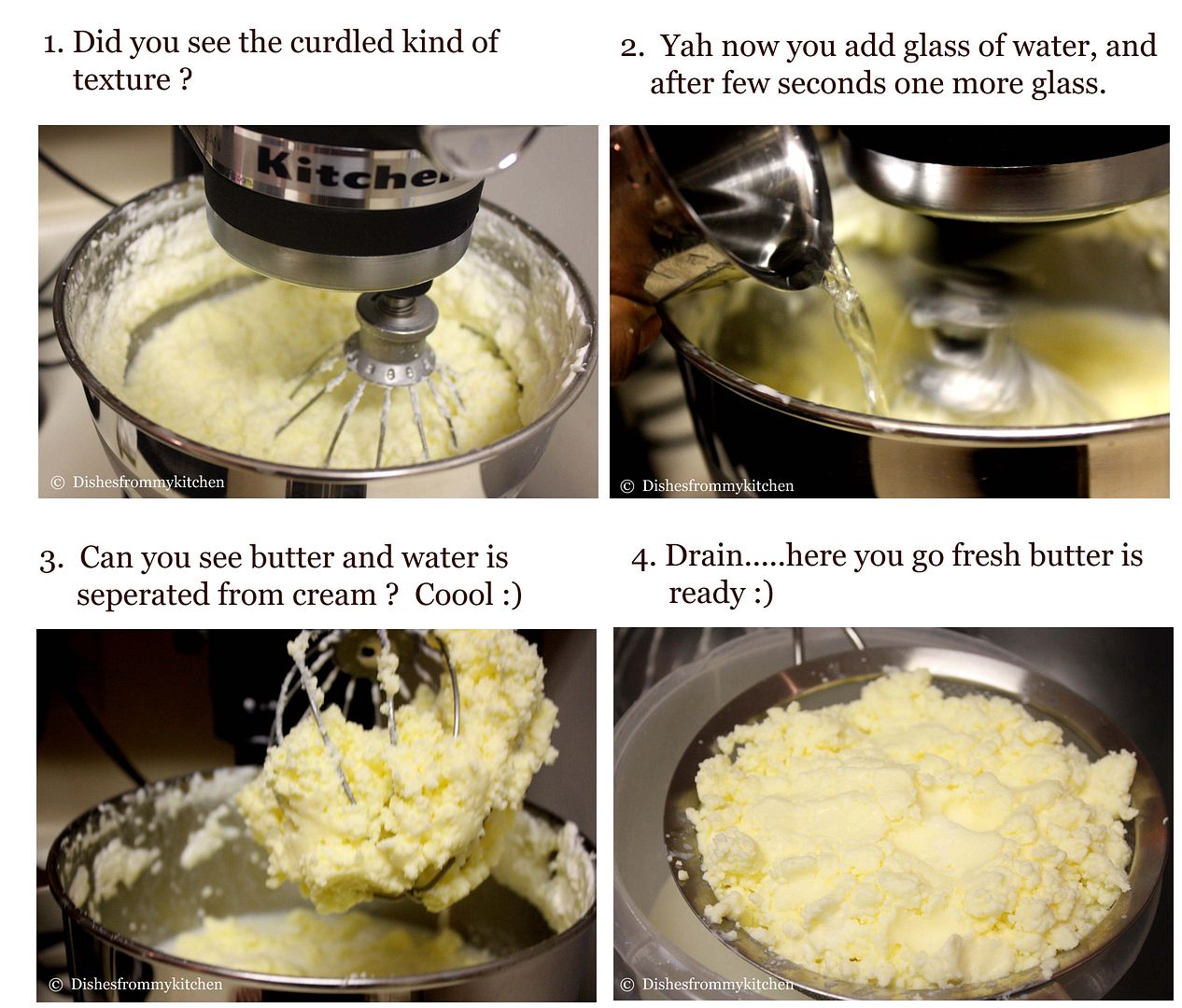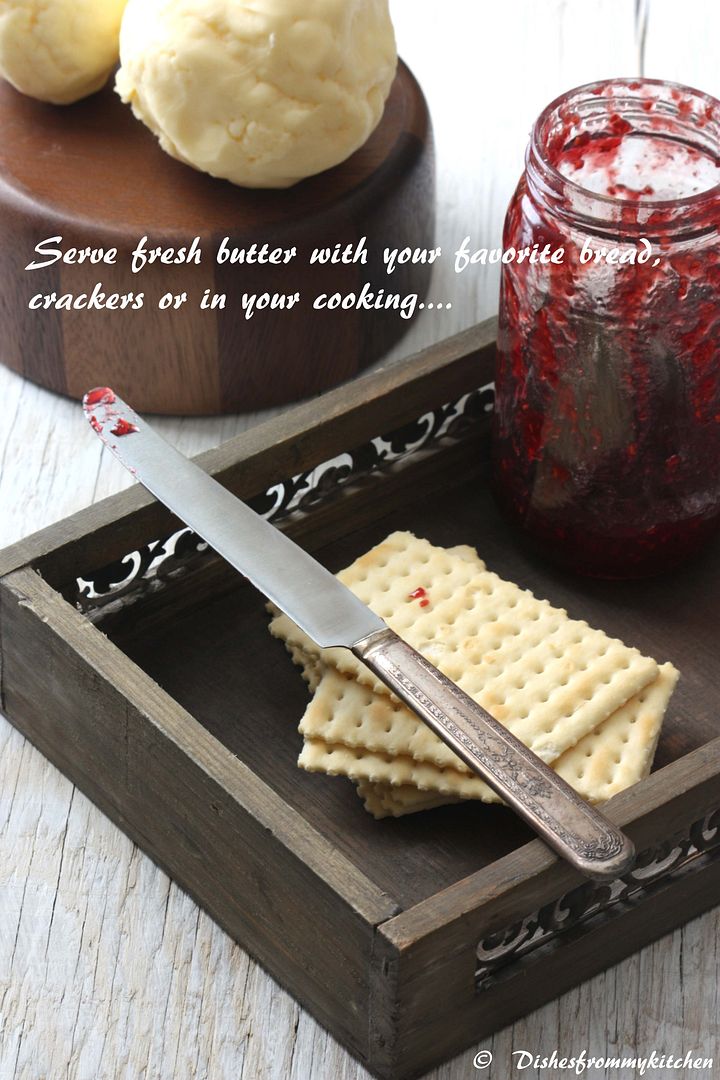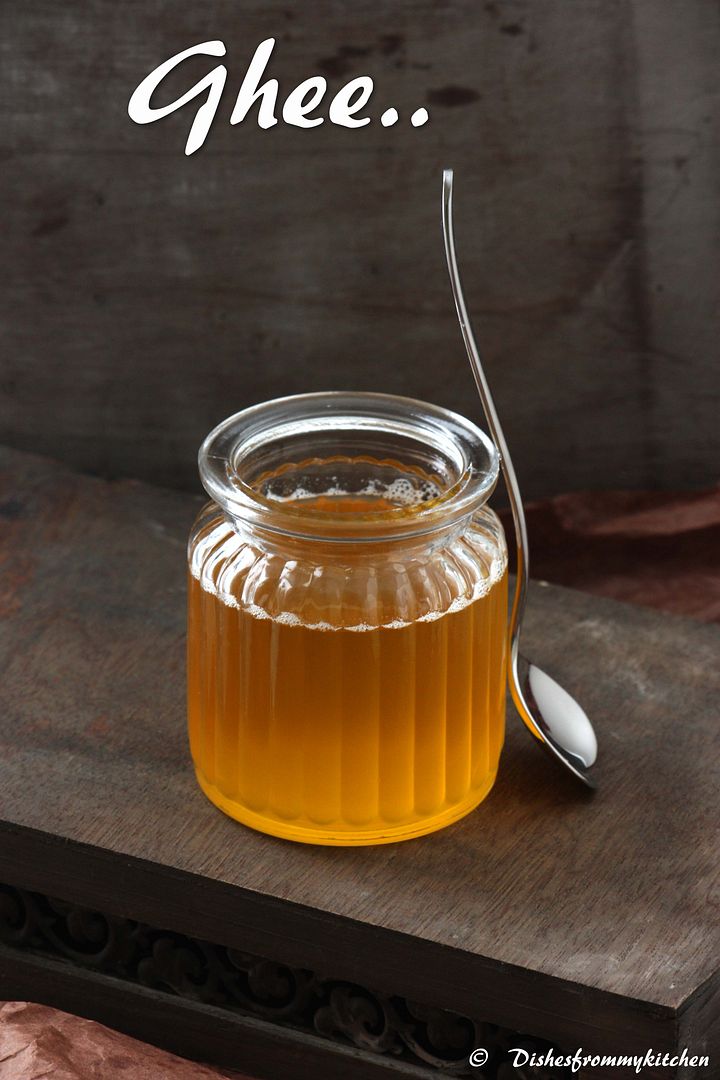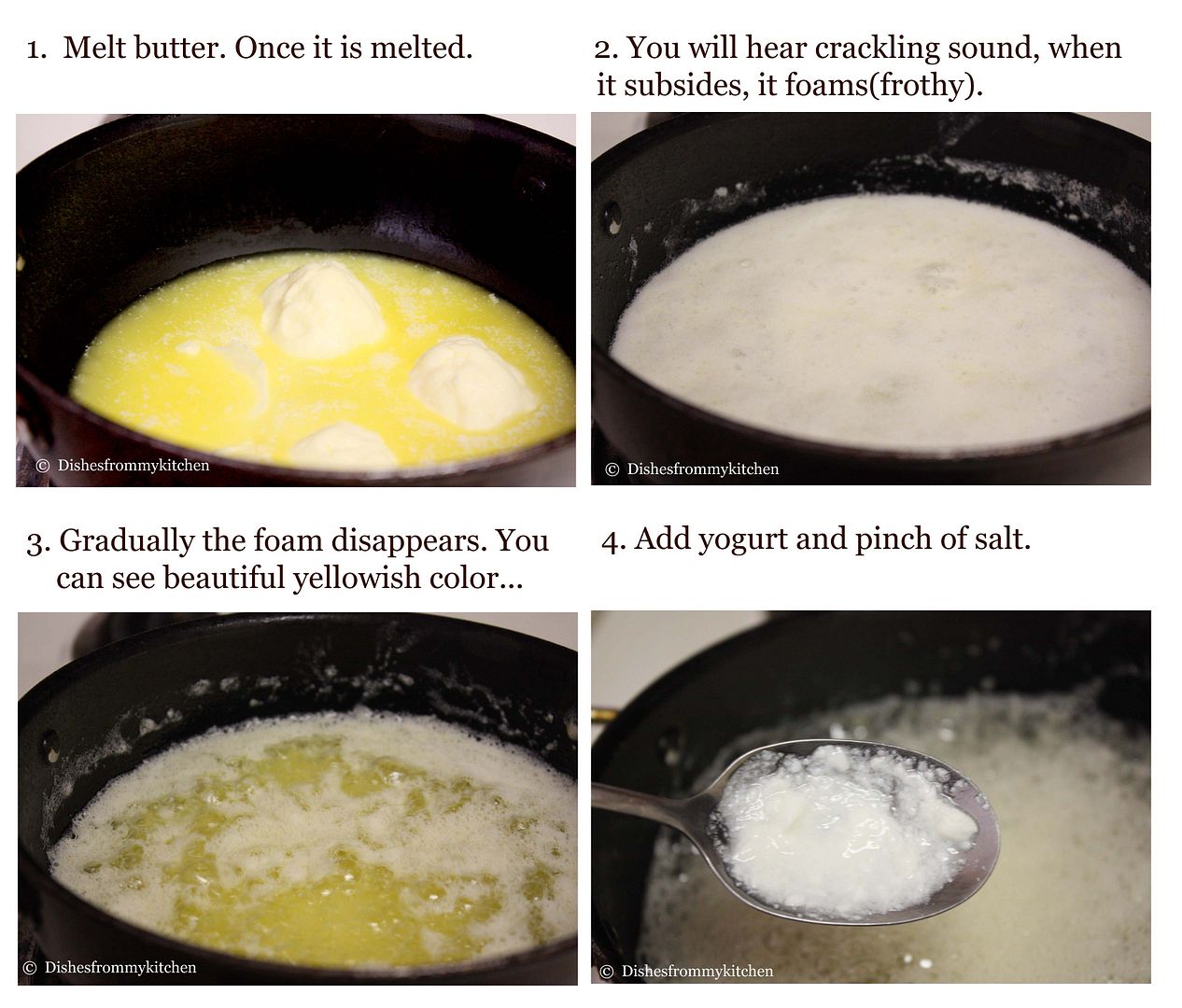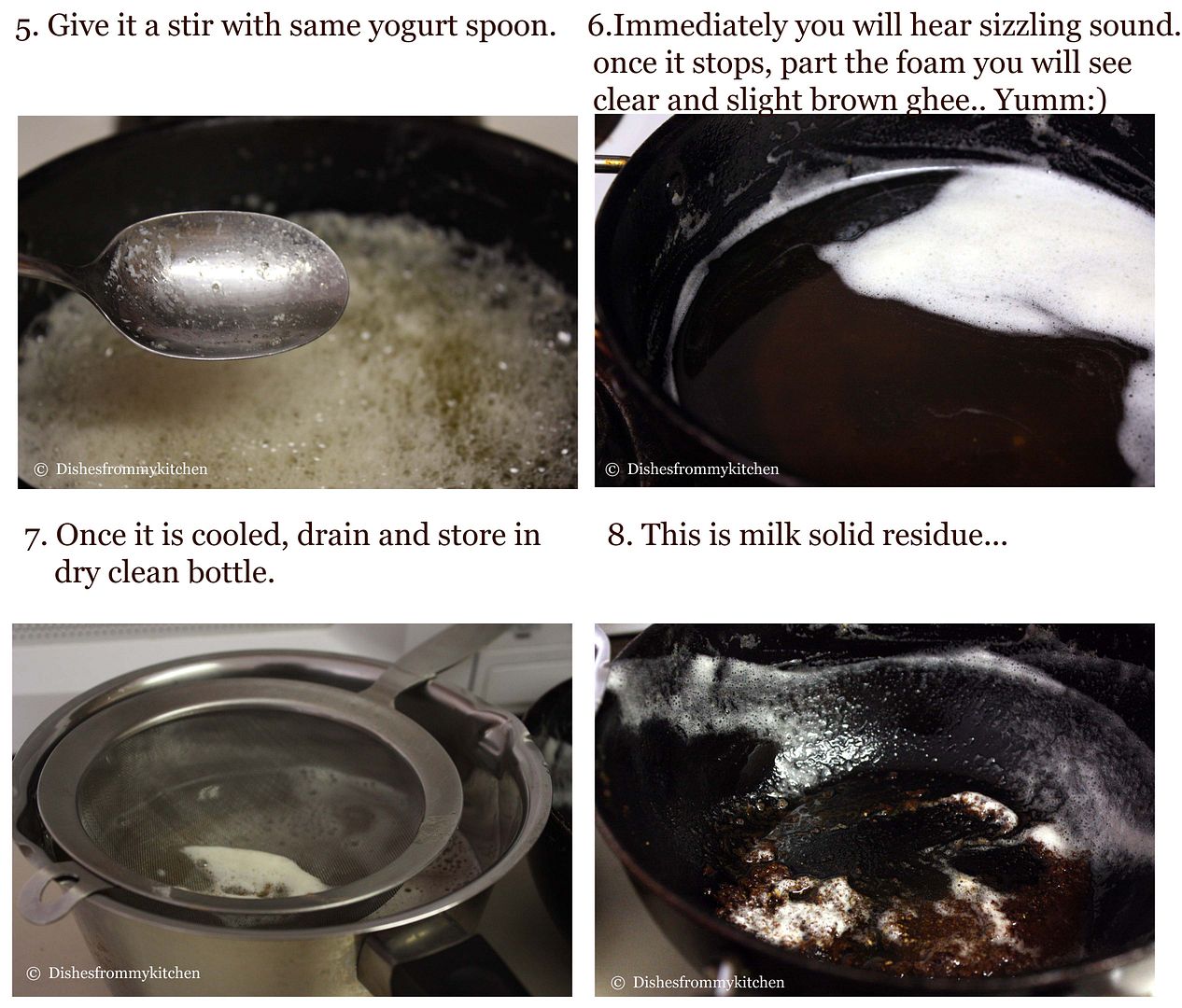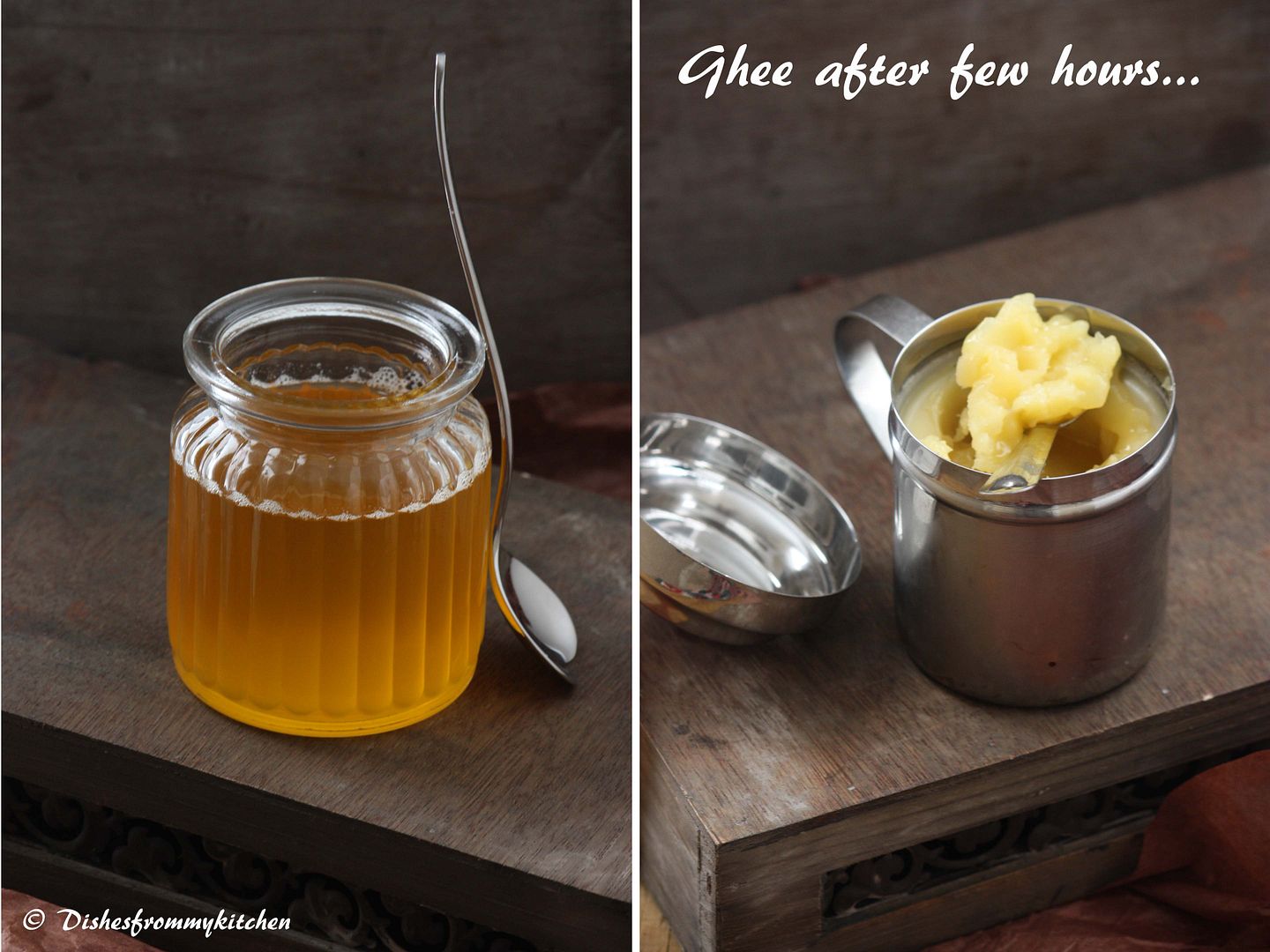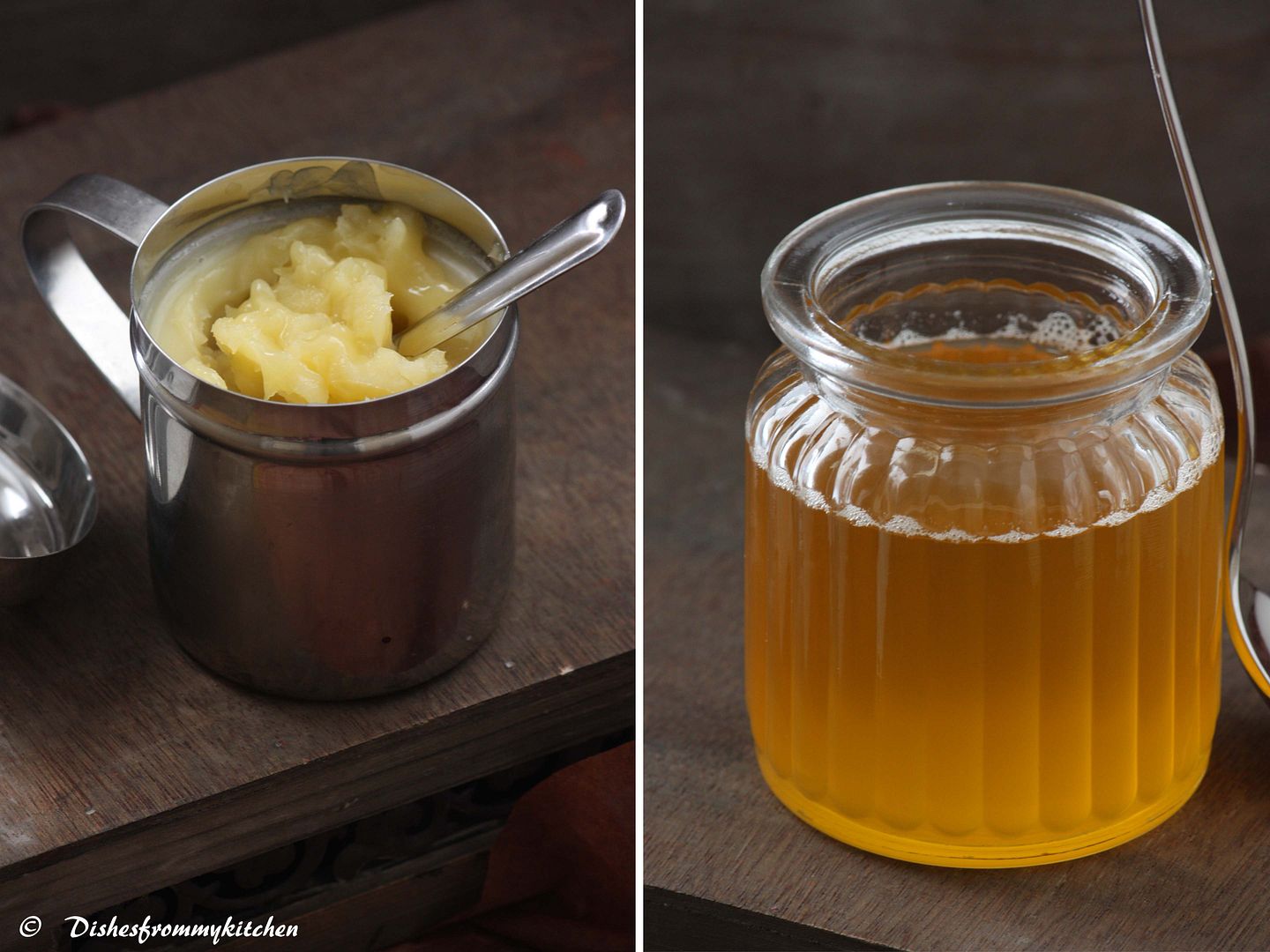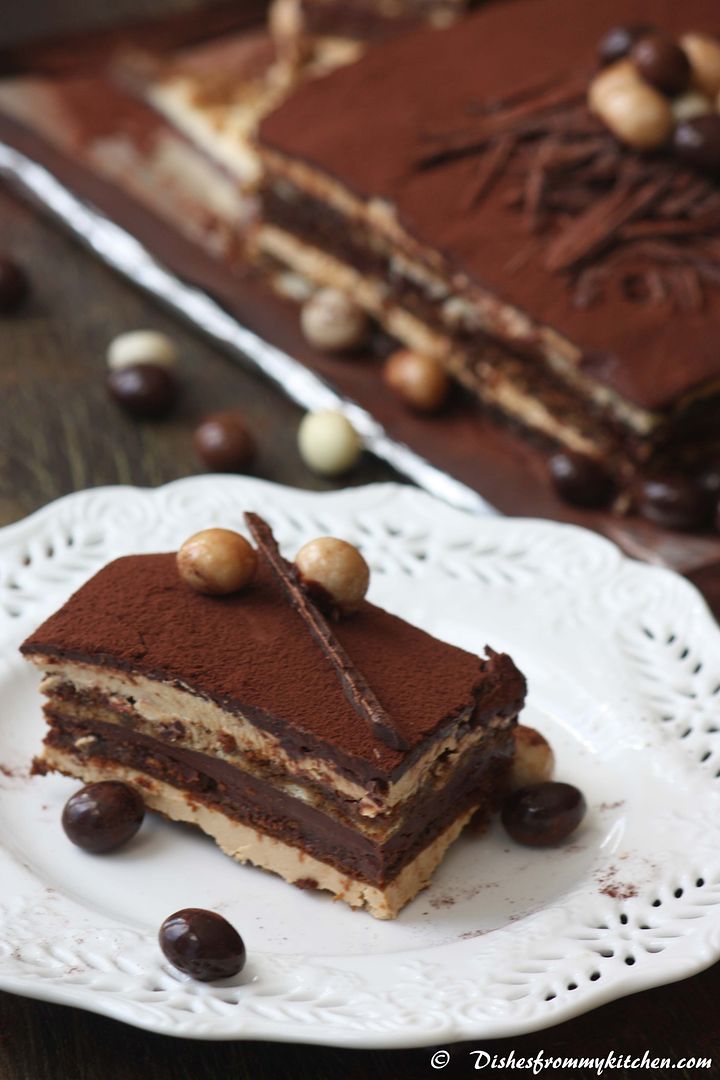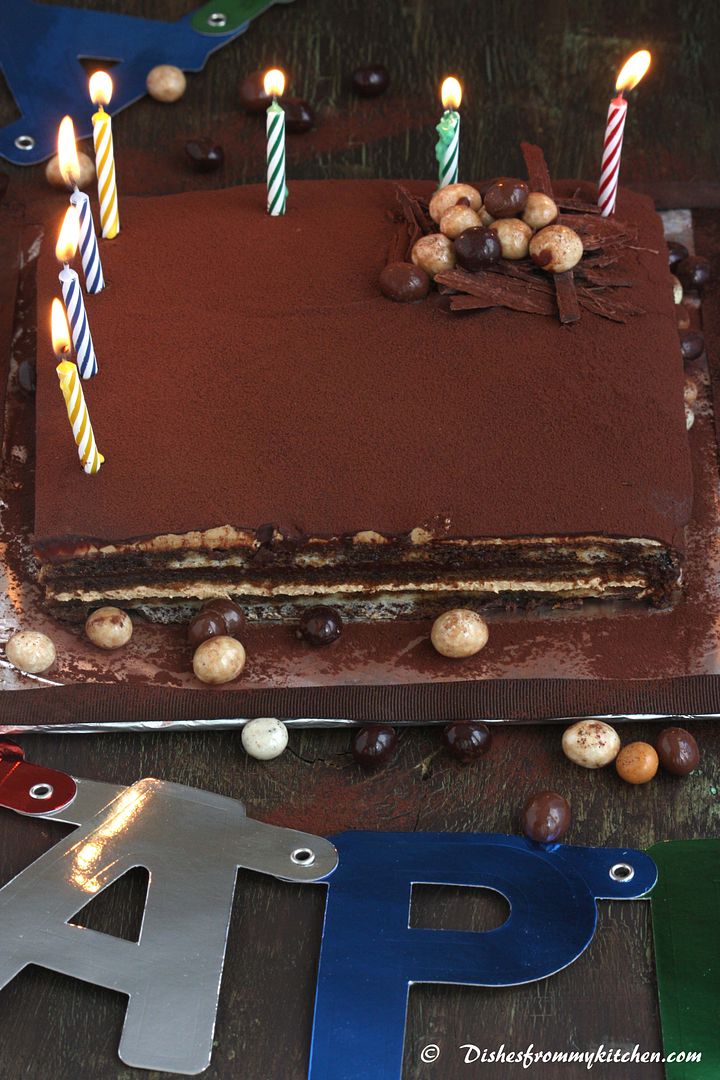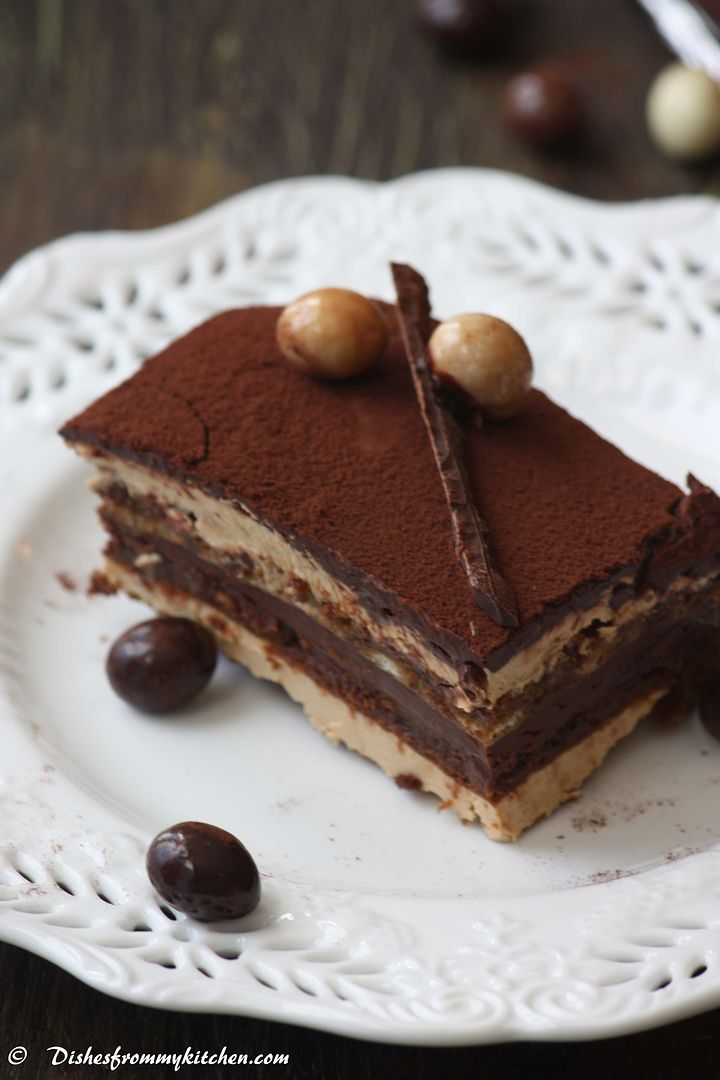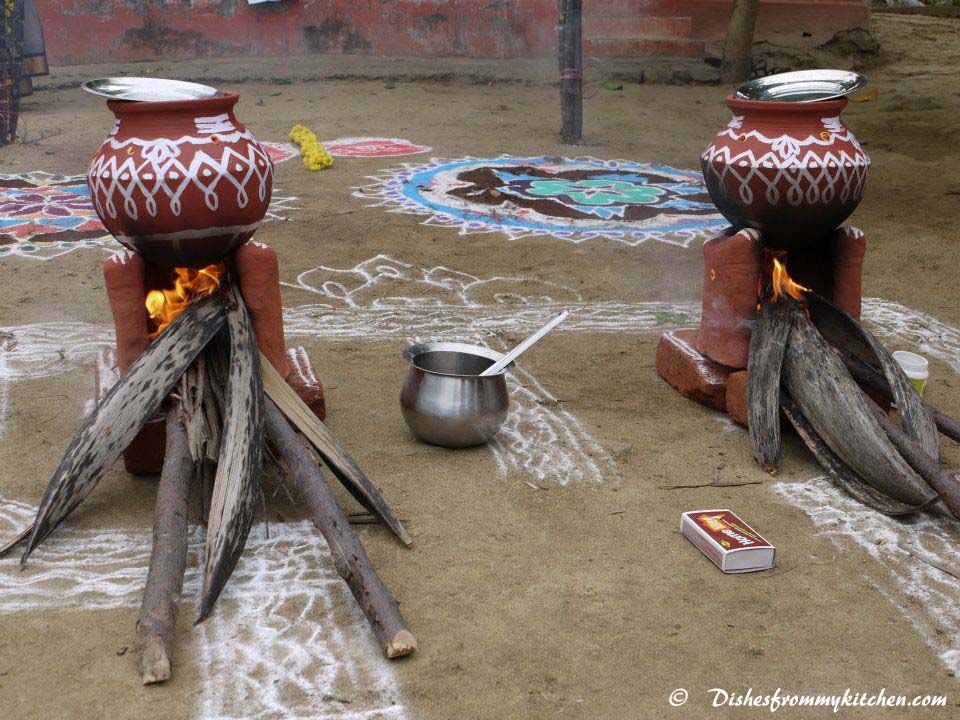SCONES a.k.a BISCUITS - DARING BAKERS 2012
>> Friday, January 27, 2012 –
bisuits,
Breads,
butter biscuit,
Daring Bakers,
fluffy biscuits,
fool proof biscuits,
fool proof scones,
indian flavored scones,
scone with herb,
scones,
scones with butter milk,
scones with caramalized onion
Audax Artifex was our January 2012 Daring Bakers’ host. Aud worked tirelessly to master light and fluffy scones (a/k/a biscuits) to help us create delicious and perfect batches in our own kitchens!
Audax is truly an inspiring baker came up with whole bunch of variations and Tips. The scones came out very fluffy with beautiful crust outside, he explained every single steps with lots of explanation and effort which resulted in beautiful scones. I should thank him for this wonderful recipe and sure it is a keeper !!!
Audax is truly an inspiring baker came up with whole bunch of variations and Tips. The scones came out very fluffy with beautiful crust outside, he explained every single steps with lots of explanation and effort which resulted in beautiful scones. I should thank him for this wonderful recipe and sure it is a keeper !!!
Here are my plain scones which we enjoyed with nutella and mini scones with Indian touch. It includes caramelized onion, finely chopped green chilies, Scallions, lots of coriander leaves with hint of whole cumin. I have also used whole wheat flour and half all purpose flour to the basic recipe. Hope you all enjoy my treat as much as I enjoyed baking in the gloooooomy and lazy day!!!
The scone is a small Scottish quick bread. They are usually made of wheat, barley or oatmeal, with baking powder as a leavening agent. The scone is a basic component of the cream tea or Devonshire tea.
The original scone was round and flat, usually the size of a medium size plate. It was made with unleavened oats and baked on a griddle (or girdle, in Scots), then cut into triangle-like quadrants for serving. British scones are often lightly sweetened, but may also be savory. They frequently include raisins, currants, cheese or dates. Round-shaped British scones can resemble North American biscuits in appearance, but scones rely on cold butter for their delicate, flaky texture, while biscuits are more often made with animal fat or vegetable shortening and are crumbly rather than flaky.
Here are my mini scones with Indian touch. It includes caramelized onion, finely chopped green chilies, Scallions, lots of coriander leaves with hint of whole cumin. I have also used whole wheat flour and half all purpose flour to the basic recipe. Hope you all enjoy my treat as much as I enjoyed baking in the gloooooomy and lazy day!!!
BASIC SCONE RECIPE
Ingredients:
Plain (all-purpose) flour - 1 cup
Fresh baking powder - 2 teaspoons
Salt - ¼ teaspoon
Frozen grated butter - 2 tablespoons
Cold milk - ½ cup approximately
Optional 1 tablespoon milk, for glazing the tops of the scones
Method:
1. Preheat oven to very hot 475°F/240°C/gas mark 9.
2. Triple sift the dry ingredients into a large bowl. (If your room temperature is very hot refrigerate the sifted ingredients until cold.)
3. Rub the frozen grated butter (or combination of fats) into the dry ingredients until it resembles very coarse bread crumbs with some pea-sized pieces if you want flaky scones or until it resembles coarse beach sand if you want tender scones.
4. Add nearly all of the liquid at once into the rubbed-in flour/fat mixture and mix until it just forms a sticky dough (add the remaining liquid if needed). The wetter the dough the lighter the scones (biscuits) will be!
5. Turn the dough out onto a lightly floured board, lightly flour the top of the dough. To achieve an even homogeneous crumb to your scones knead very gently about 4 or 5 times (do not press too firmly) the dough until it is smooth. To achieve a layered effect in your scones knead very gently once (do not press too firmly) then fold and turn the kneaded dough about 3 or 4 times until the dough has formed a smooth texture. (Use a floured plastic scraper to help you knead and/or fold and turn the dough if you wish.)
6. Pat or roll out the dough into a 6 inch by 4 inch rectangle by about ¾ inch thick (15¼ cm by 10 cm by 2 cm thick). Using a well-floured 2-inch (5 cm) scone cutter (biscuit cutter), stamp out without twisting six 2-inch (5 cm) rounds, gently reform the scraps into another ¾ inch (2 cm) layer and cut two more scones (these two scones will not raise as well as the others since the extra handling will slightly toughen the dough). Or use a well-floured sharp knife to form squares or wedges as you desire.
7. Place the rounds just touching on a baking dish if you wish to have soft-sided scones or place the rounds spaced widely apart on the baking dish if you wish to have crisp-sided scones. Glaze the tops with milk if you want a golden color on your scones or lightly flour if you want a more traditional look to your scones.
8. Bake in the preheated very hot oven for about 10 minutes (check at 8 minutes since home ovens at these high temperatures are very unreliable) until the scones are well risen and are lightly colored on the tops. The scones are ready when the sides are set.
9. Immediately place onto cooling rack to stop the cooking process, serve while still warm.
Note :
For the Herb and Caramalized onion scone
Onion - 1 finely chopped
Green chillies - 3 very very finely chopped
Scallions/chives - 4 only green part finely sliced
Cumin seeds - 1/2 tsp
Cilantro - 1/4 cup very finely chopped
Oil - 1/2 tbsp
salt - little
Method :
1. Heat oil in the pan . Add the cumin once it splutters. Add the green chillies.
2. Add the onion to brown color in low flame.
3. Now once it is done add other ingredients and give it a stir and put off the flame.
4. Let them cool and add this cooled mixture after step 3 in the above scone recipe.
5. And follow remaining steps.
Enjoy the Scone with Indian touch !!!!
I used egg wash for my Herb scone but if you want to avoid egg , just substitute with milk like the basic scone.
Storage and Freezing Instructions/Tips:
Scones are best eaten warm. Scones (biscuits) are really easy to store – bag the cooked and cooled scones and freeze until needed then reheat in a moderate hot for a few minutes.

